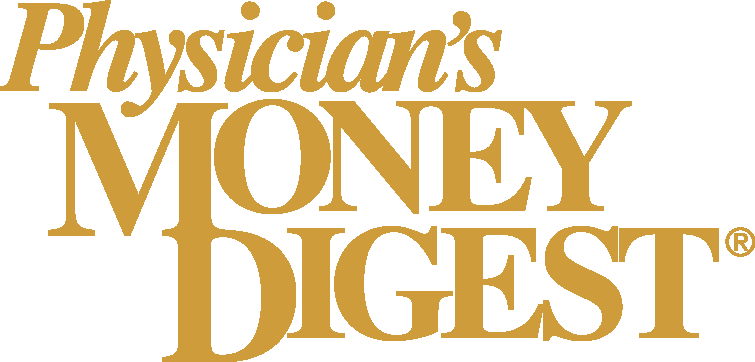Article
Can we finally realize the promise of EHRs?
Author(s):
Recent advances in technology make it possible to access and harness the vast amounts of clinical data EHRs have produced.
In 2009, the federal government allocated $27 billion to spur adoption of technology in health care through the Health Information Technology for Economics and Clinical Health (HITECH) Act. This was followed by an estimated $8 billion spent toward the attainment of meaningful use by hospitals and physicians in training and electronic health record (EHR) setup assistance, totaling at least $35 billion by 2015.
Nearly 15 years later, over 95% of all hospitals and 85% of physician practices are using EHRs. But the question remains—what progress has been realized against the program’s goals to improve quality, safety, efficiency and reduce costs?
When EHRs began gaining widespread adoption in the 2000s, it marked a turning point for the health care industry. It ushered in an era of tech innovation that was long overdue. By digitizing medical records, we gained access to 80 megabytes of data each year per patient – more than 19 terabytes of clinical data alone each year. This represents billions of data points that had previously been locked away in medical office filing cabinets around the country—
data points that were then siloed in proprietary standards and languages, further isolated with each organization’s unique EHR customizations. The continued prevalence of faxing in health care in 2023 attests to the resulting ineffectiveness.
Further, the “enterprise” medical record was designed to support the entirety of the health care system versus tailoring workflows to any particular function or end user. Even pre-Covid-19, studies showed that the majority of clinicians suffered from at least one symptom of burnout, and one of the strongest predictors was the amount of time an individual spent on EHR documentation.
With long-awaited progress being made in interoperability and the rapid pace of technology innovation, we have a tremendous opportunity to realize HITECH’s intended benefits in more meaningful and quantifiable terms. To gain more significant returns on EHR investments and continue moving our health system forward, we must harness the power of big data, reduce fragmentation, and better empower clinicians with workflow solutions that prioritize clinical skills and decision-making over administrative work.
A meaningful and solvable problem: Administrative waste
Compared to other industries, a disproportionate amount of money is spent on administrative functions in health care. One such function, utilization review (UR), is intended to manage the costs of health care by ensuring medically necessary care in the correct setting.
Ideally, medical necessity should be a consensus between a health plan and provider to determine appropriate reimbursement for the care provided. Currently, this determination is generally reached through manual, subjective, disconnected, redundant and, often, retrospective processes that are counter to UR’s intent—greater efficiency. The lack of effective automation and interoperability are contributing factors to the waste in the system, which is felt among both payers and providers. The increased cost of doing business, coupled with worsening staffing shortages, are shared pain points that have led both groups to seek better solutions, particularly when determining medical necessity.
Leveraging AI-driven, purpose-built workflows creates the opportunity to reduce clinician time spent in determining medical necessity by 75%. Further, when payers and providers have a common view of the patient’s clinical summary and a single, connected workflow related to authorization, the benefits are compounded.
Harnessing the promise of advanced technologies to measurable ends
Between inflationary pressures on supply costs, the ongoing workforce shortage spurred by the caregiver exit and reduced clinical capacity, and membership volumes increasingly moving into federally-funded health plans such as Medicaid, the economic outlook for the health care industry is becoming more tenuous.
Certainly, health care technology should keep up with the times as it has in other industries – leveraging artificial intelligence, data and automation to work smarter. Through innovation and regulatory efforts, advanced technologies are now available in health care to automate rote, menial tasks as well as facilitate clinical data-sharing between payers and providers. Additionally, data science capabilities can be used to align the various stakeholders around an objective view of data.
As organizations look for ways to cut wasteful spending, administrative processes that have no inherent value should be the first to come under scrutiny. By continuing to innovate on the framework put in place by EHRs and applying more prescriptive and innovative technologies, we can unlock new value out of the rich data we’re already generating in health care to achieve better patient care more quickly and affordably.
Tim Kostner is chief revenue officer, XSOLIS


















